snippets
🔌 Toolbox of short, reusable pieces of code and knowledge.
Albumentations with PyTorch for image data augmentation
import rsbox
from rsbox import ml_utils
import numpy as np
import pickle
in_file = open('data/mini_cifar.pkl', 'rb')
dset = pickle.load(in_file)
img = np.moveaxis(dset[10][0], 0, -1)
img.shape
(32, 32, 3)
Important: albumentations only works on (H, W, C) shape images (not (C, H, W)). Your channels have to be at the end.
ml_utils.plot_np_img(img, True)
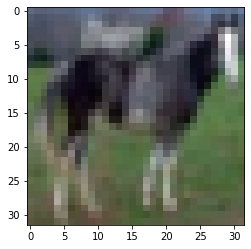
img2 = np.moveaxis(dset[11][0], 0, -1)
ml_utils.plot_np_img(img2, True)
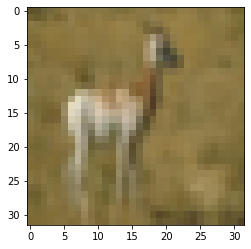
Define some transformations
Can compose too!
import albumentations as A
my_transform = A.Compose([
A.Resize(width=320, height=320),
A.RandomCrop(width=128, height=128),
])
Note: must pass in data as named arguments which makes for easy retrieval. ~~What this means is that we can pass in > 1 samples to be transformed at a given time. ~~~ (actual that isn’t quite true).
transformed_img = my_transform(image=img)
transformed_img2 = my_transform(image=img2)
t_img = transformed_img['image']
t_img2 = transformed_img2['image']
print(t_img.shape)
print(t_img2.shape)
(128, 128, 3)
(128, 128, 3)
ml_utils.plot_np_img(t_img, True)
ml_utils.plot_np_img(t_img2, True)
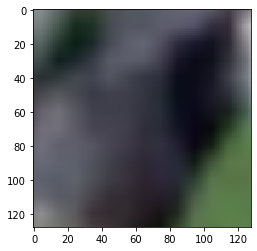
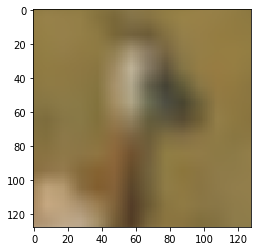
PyTorch integration
import torch
from torch.utils.data import Dataset
class SetWithAugmentations(Dataset):
def __init__(self, data_set, transform=None):
self.data_distribution = data_set
# pass on the A.transform as an argument
self.transform = transform
def __getitem__(self, index):
sample = self.data_distribution[index][0]
sample = np.moveaxis(sample, 0, -1) # reshape from (C, H, W) to (H, W, C)
print("Before")
ml_utils.plot_np_img(sample, True)
# apply the augmentation
if self.transform is not None:
sample = self.transform(image=sample)["image"]
print("After")
ml_utils.plot_np_img(sample, True)
# reshape back to (C, H, W)
sample = np.moveaxis(sample, -1, 0)
label = self.data_distribution[index][1]
return (torch.tensor(sample, dtype=torch.float), torch.tensor(label))
def __len__(self):
return len(self.data_distribution)
torch_set = SetWithAugmentations(dset, transform=my_transform)
print(torch_set[0][0].size())
Before
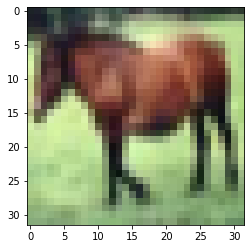
After
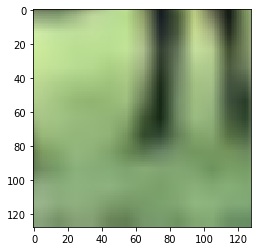
torch.Size([3, 128, 128])
Code snippet
Here is the code snippet for the dataset class without visualizations:
import torch
from torch.utils.data import Dataset
class SetWithAugmentations(Dataset):
def __init__(self, data_set, transform=None):
self.data_distribution = data_set
# pass on the A.transform as an argument
self.transform = transform
def __getitem__(self, index):
sample = self.data_distribution[index][0]
sample = np.moveaxis(sample, 0, -1) # reshape from (C, H, W) to (H, W, C)
# apply the augmentation
if self.transform is not None:
sample = self.transform(image=sample)["image"]
# reshape back to (C, H, W)
sample = np.moveaxis(sample, -1, 0)
label = self.data_distribution[index][1]
return (torch.tensor(sample, dtype=torch.float), torch.tensor(label))
def __len__(self):
return len(self.data_distribution)
torch_set = SetWithAugmentations(dset, transform=my_transform)
loader = torch.utils.data.DataLoader(torch_set, batch_size=1)
for x, y in loader:
img = torch.movedim(x[0], 0, -1)
print("Permuted image")
ml_utils.plot_np_img(img, True)
break
Permuted image
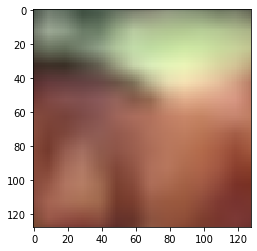
A note on the definition of augmentation
At first, I was confused. The length of the dataset:
print(len(loader))
30
was the same regardless of applying A.transform’s or not. But I was wrong. What augmentation does is not increase the size of the dataset, but increases the regularization per epoch. Everytime we iterate through one epoch, we still iterate through the same number of samples as originally (here, 30). But we see different versions of the image at each epoch. Thus, mimicing the view that we actually have more data than we really do (hence “augmentation”). This increases generalization.